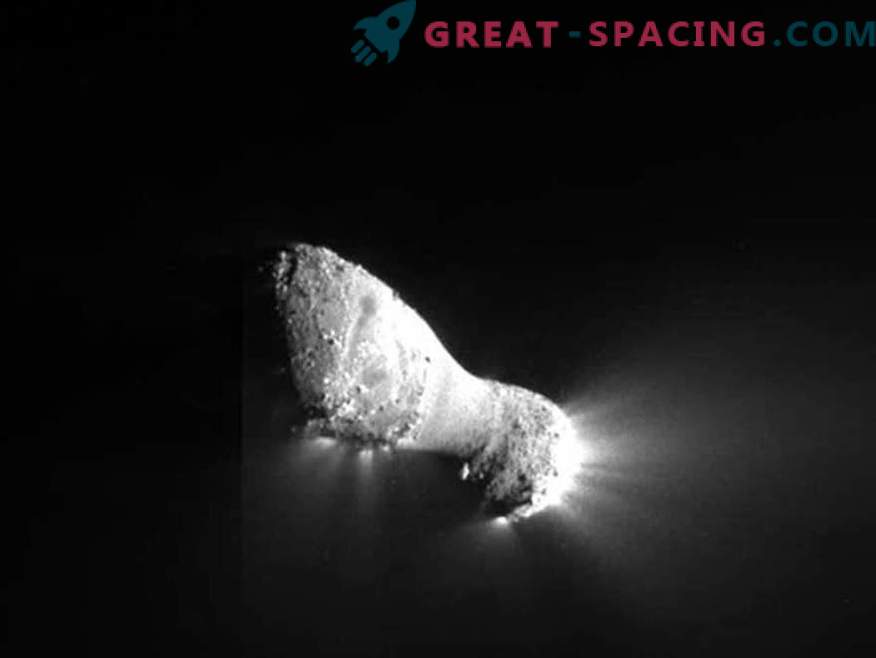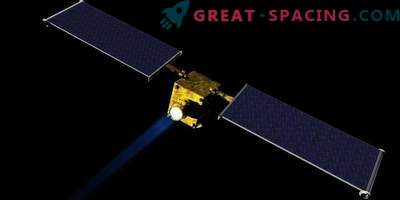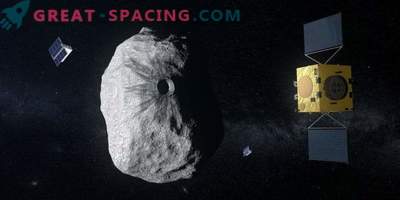
NASA scientists are planning to deploy a compact sensitive thermometer that can characterize comets and look for asteroids dangerous for our planet. A multispectral instrument called ComCAM.
Thermal sensors measure infrared and thermal radiation. When the rays hit the absorbing element, it heats up and feels the change in electrical resistance, which can be used to recognize the temperature.

The image shows Comet Hartley-2, captured by an EPOXI mission at a distance of 435 miles. The core is pulled out 1.2 miles in length and throws out jets
These measurements allow you to understand the physical properties of the object under study. Often, scientists use them to survey distant stars and galaxies. Microbeometers require supercooling, so the sensor is placed in a cryogenically cooled container. But infrared devices function with minimal cooling, and therefore do not need a special container. As a result, they take up less space and weight.
That is why the researchers are going to use ComCAM for the potential CubeSat mission. That is, they will install a tiny apparatus in a stable orbit to study a periodic or new comet approaching our neighborhood.

Nicholas Gorius and Joshua Liegoft evaluate a thermometer device capable of characterizing comets and potentially dangerous asteroids
Such technology can be sent to any comet orbit. This will save time on launch and delivery. Potential points on the trajectory mined thanks to the project PSDS3. The team insists that the program can be completed much faster, since the device consists of ready-made components. It can be launched as a secondary payload in the near future.
Planetary Defense
But the characteristic of comets is not the only task. The thermometer will be able to monitor and evaluate the threat from potentially dangerous asteroids approaching our planet. Sensors could also provide guidance for the destruction (if necessary) of a flying cliff.
A preliminary project on protection is DART. In 2024, they plan to conduct a test with a smaller asteroid in the Didimos system, where they use the kinetic effect. NASA scientists are confident that in the future the thermometer will be installed on various asteroid interceptors.











































